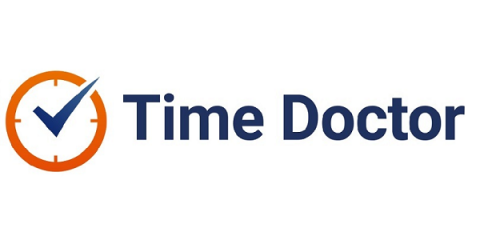The impact of leadership style on employee retention
The modern workplace is changing, and leadership style is becoming more and more important. It affects organizational dynamics, employee engagement, and, most importantly, talent retention. The environment at work and employee satisfaction can be greatly impacted by the way leaders engage with their teams, make decisions, and move their organizations ahead.


